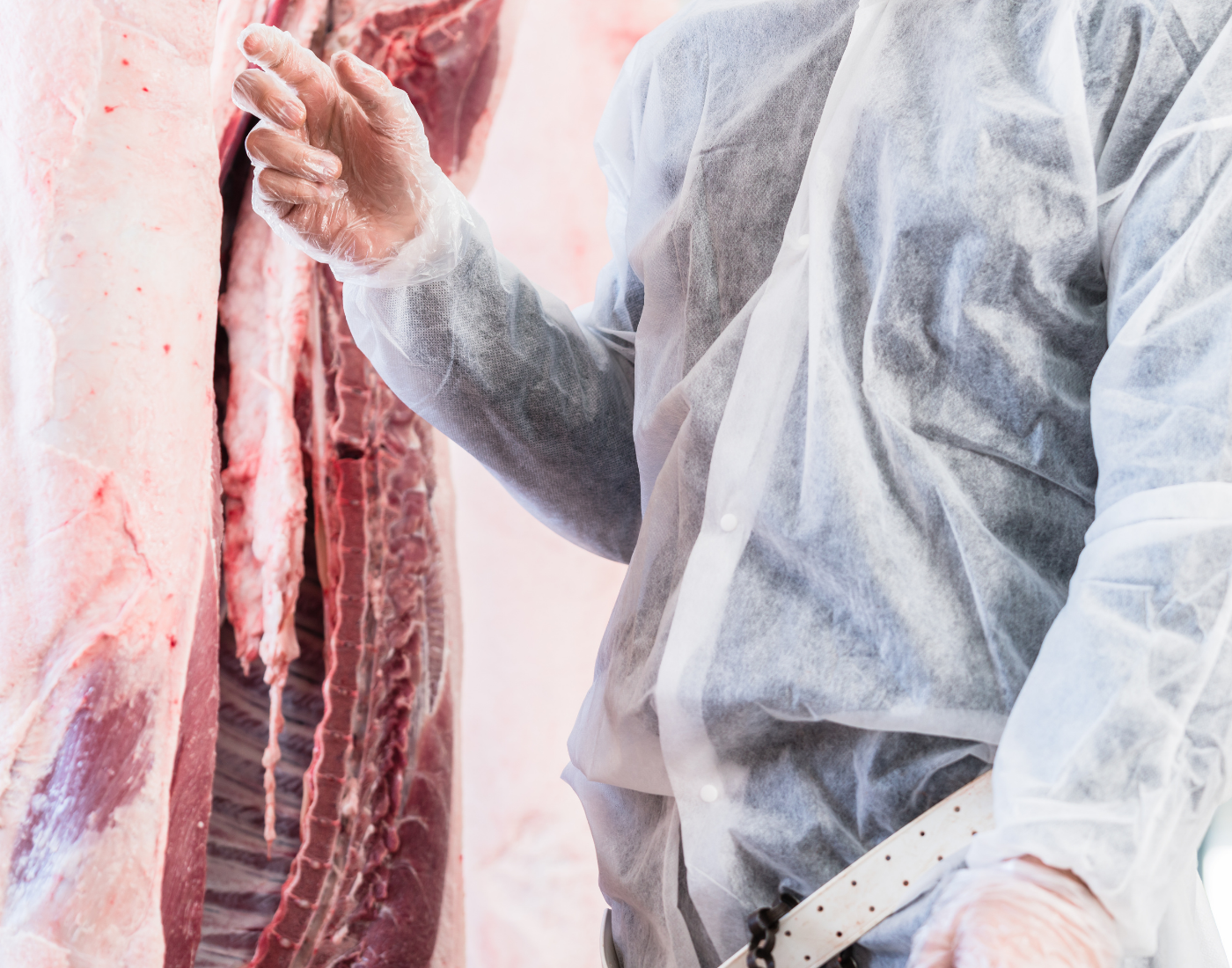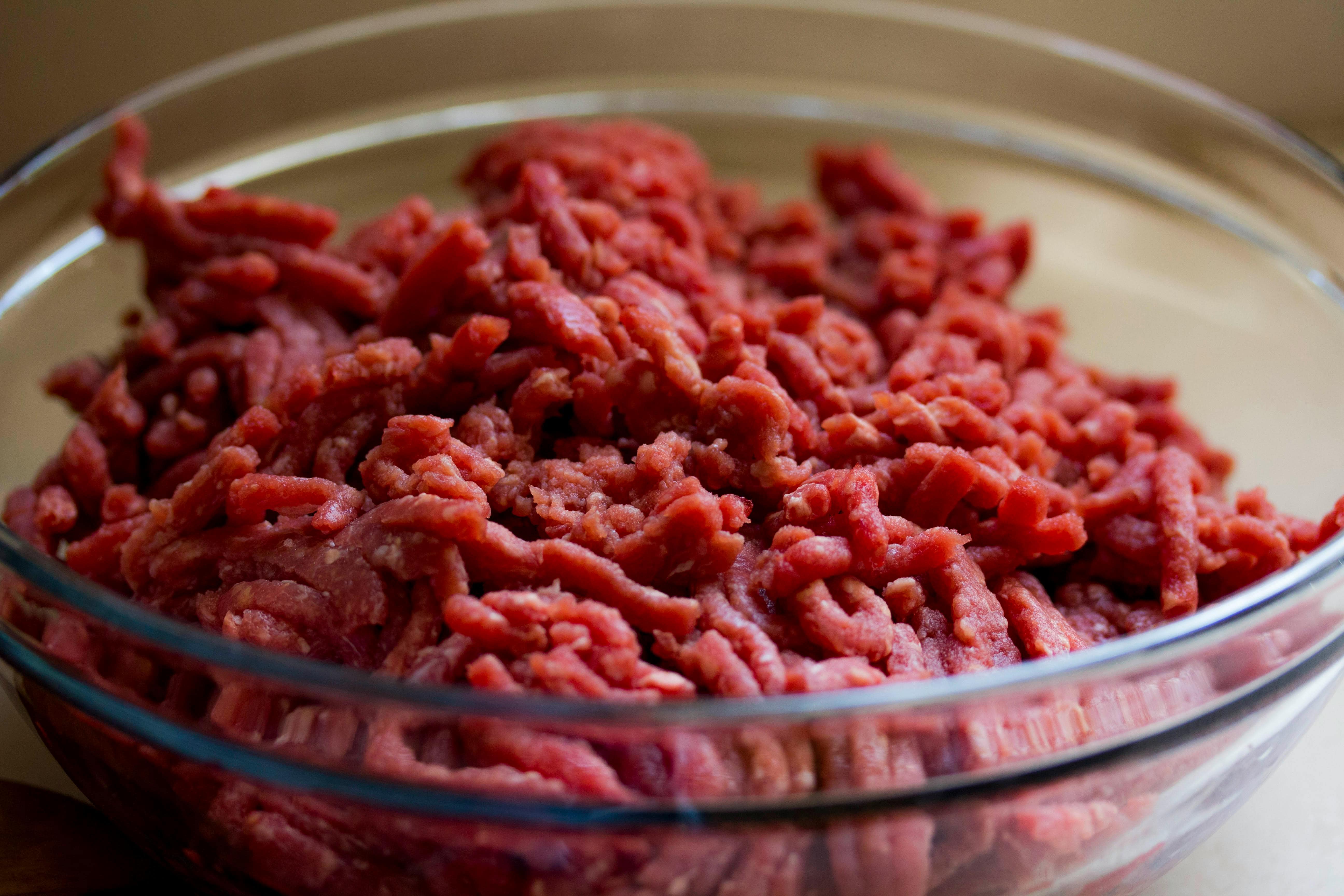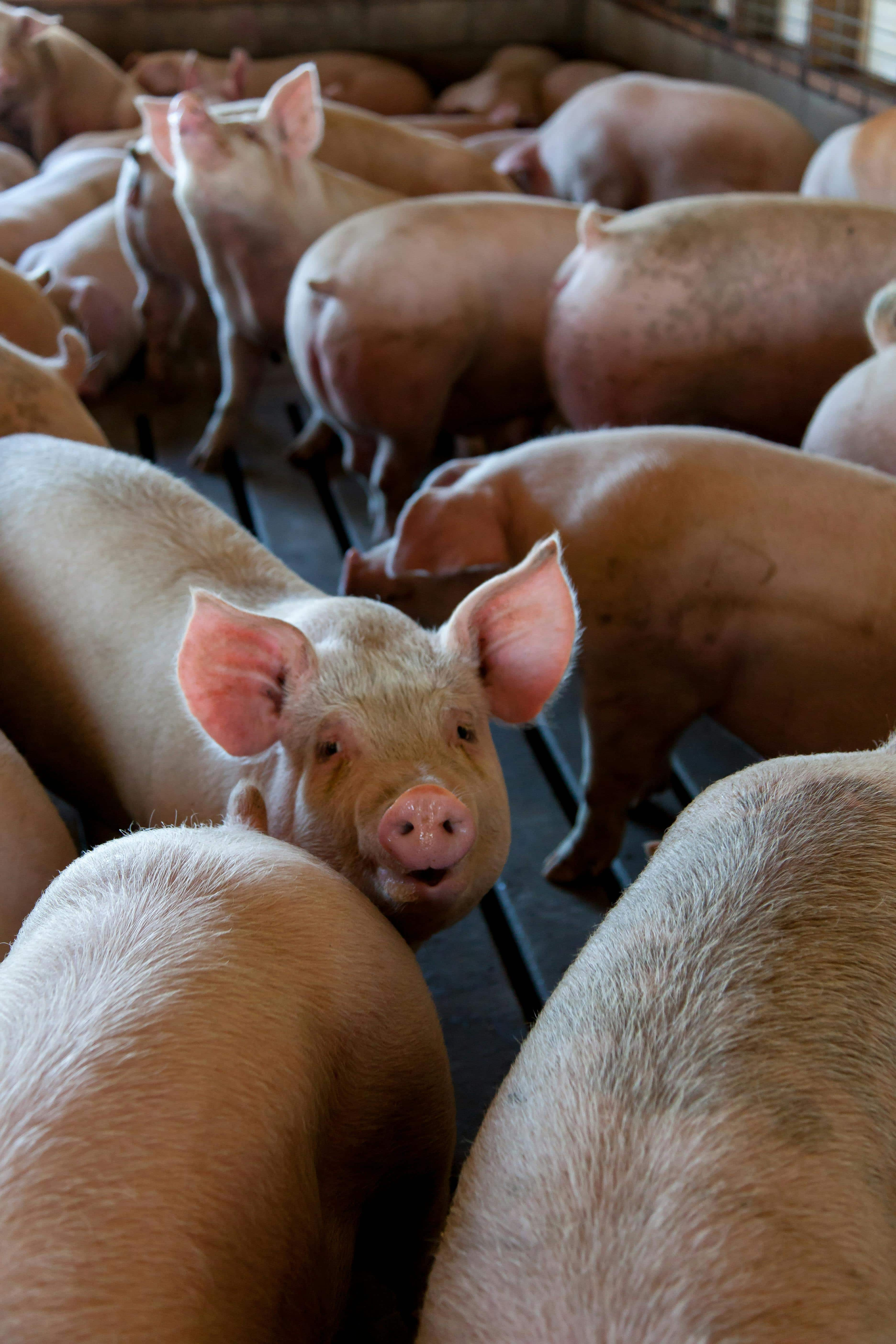The specific requirements for various edible co-products are set out in Annex 3, Sections 12 to 16 of Regulation 853/2004:
Retained EU Regulation 853/2004
Edible co-products are those products which, despite coming from animals passed fit for human consumption (they have passed ante and post-mortem inspections), must be processed in some way to make them suitable for human consumption.
Edible co-products should not be confused with animal by-products (ABP). Whereas edible co-products are those parts of animals which can be suitable for human consumption after further processing, ABPs are entire animals or parts of animals which are not intended for human consumption. This might be because they are unfit/unsafe for human consumption or because a food business operator has decided they will not be used for human consumption, sometimes for commercial reasons.
Read guidance for food business operators on the legislative requirements for the handling of edible co-products and ABPs.



